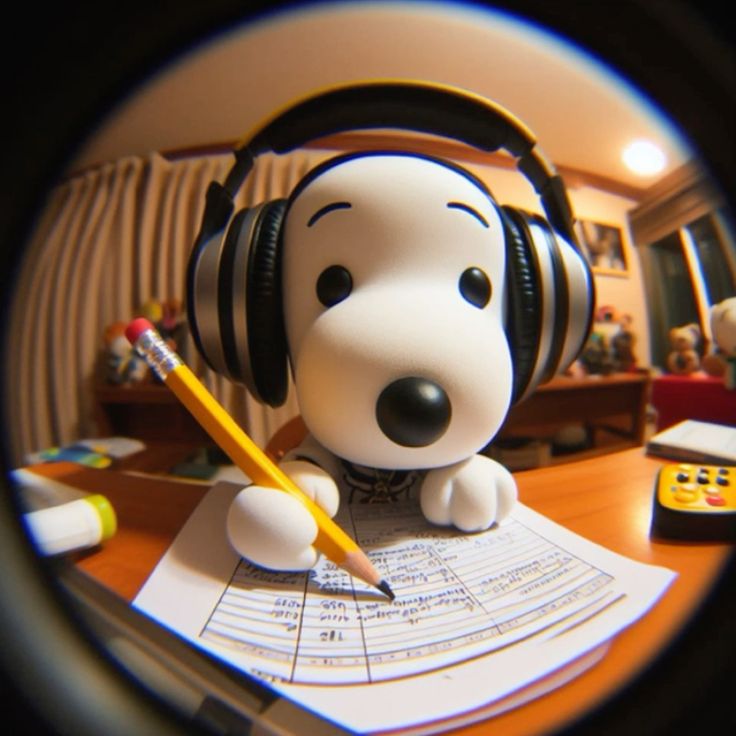The Heart
Cards (60)
- What is the role of the circulatory system?
- What are the three main components of the circulatory system?
- What does blood carry in the circulatory system?
- How can the circulatory system be described?
- What happens to deoxygenated blood in the circulatory system?
- What are the two loops in the double circulatory system?
- How many chambers does the heart have?
- What are the top chambers of the heart called?
- What prevents blood from flowing backwards in the heart?
- What is the path of blood flow into the heart?
- What happens when the atria contract?
- What do the ventricles do after the atria contract?
- How many times does the heart cycle in a minute?
- What is the function of pacemaker cells in the heart?
- What is an artificial pacemaker?
- What does the term artery refer to?
- What is the difference between arteries and veins?
- What do coronary arteries do?
- What is the cycle of blood flow through the heart?
- What are the key differences between arteries and veins?
- What are the main functions of the heart?
- What is the significance of the double circulatory system?
- What is the primary function of the circulatory system?
- How does glucose get transported around the body?
- What color is human blood?
- What are veins and arteries often depicted as in diagrams?
- Why do veins appear blue or green under the skin?
- What are the main functions of blood?
- What is plasma in blood?
- What are the cellular components of blood?
- What is the role of red blood cells?
- What protein gives red blood cells their color?
- How is the human heart anatomically divided?
- What do arteries generally do?
- What do veins generally do?
- Where does gas exchange occur in the circulatory system?
- What is the function of the right side of the heart?
- What is the function of the left side of the heart?
- How many chambers does the human heart have?
- What are the names of the heart's chambers?
